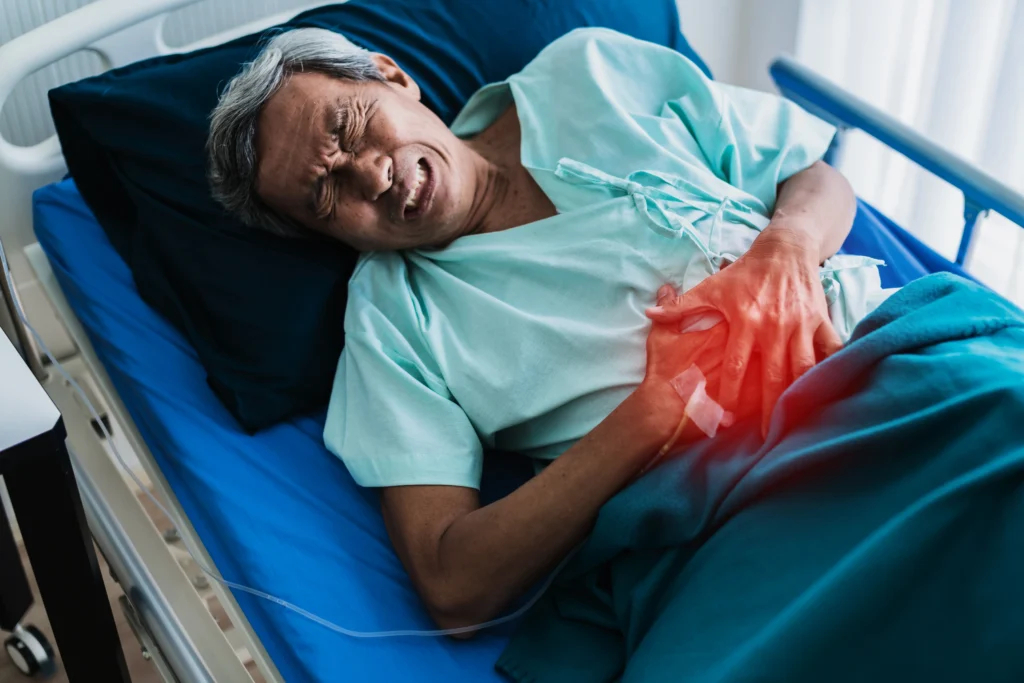Biliary obstruction happens when something blocks the bile ducts. These ducts carry bile from your liver to your small intestine. When they are blocked, bile builds up in the liver. Due to this, it can cause symptoms like yellow skin (jaundice), dark urine, and pale stools. As a result, it can also lead to problems with digesting fat and getting nutrients from food.
Gallbladder disease is very common, especially in people over the age of 40. However, it is more common in women than in men. Gallstones are the top reason for biliary obstruction.

Doctors use imaging tests like ultrasound, CT scan, or MRI. Additionally, blood tests and endoscopy may also help.
You might get medicine to dissolve stones. Additionally, an endoscopy can help remove blockages. Moreover, if you have other symptoms, surgery can help fix the problem.
You can lower your risk by eating well, staying active, and maintaining a healthy weight. Additionally, regular check-ups can help detect and address issues early.
It can lead to infections, liver damage, and pancreatitis. If it is not managed and treated, long-term problems can occur.
No, surgery is not always necessary. If symptoms are mild, other treatments may help. However, if you have repeated or serious problems, surgery may be the best choice.
It usually comes as jaundice with clay-colored stools and dark urine. Additionally, other symptoms include upper abdominal pain, fever, nausea, itchy skin, loss of appetite, weight loss, and fatigue.
You’re at higher risk if you have gallstones, cancer, pancreatitis, or surgery in the abdominal area.